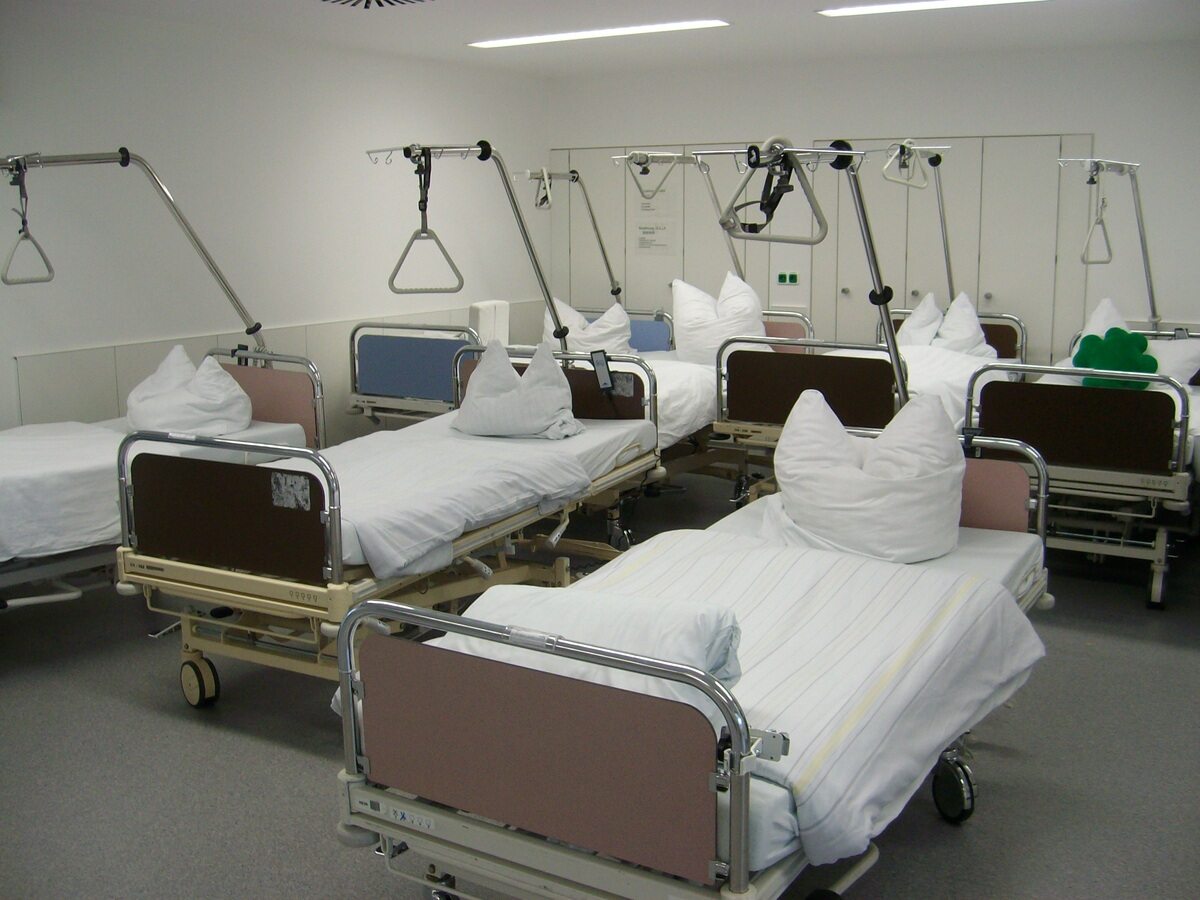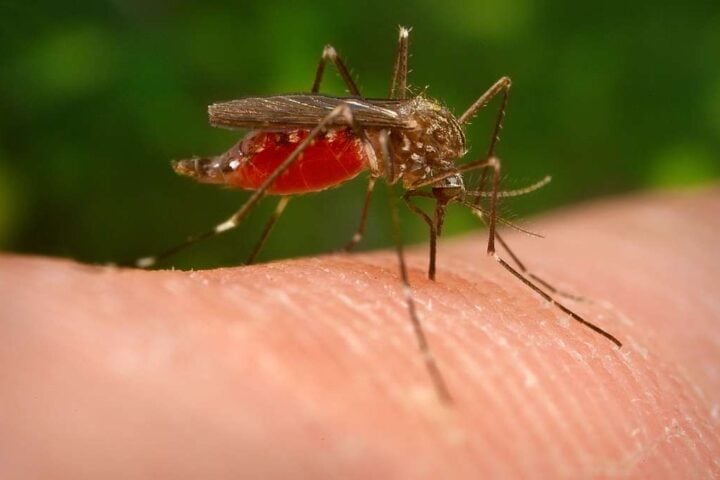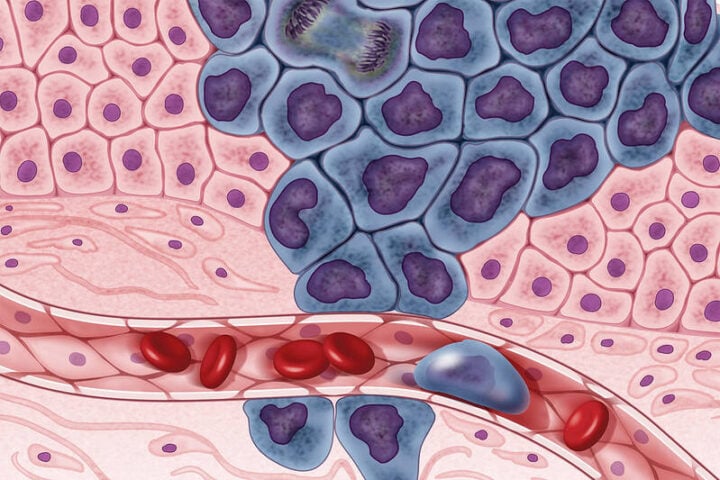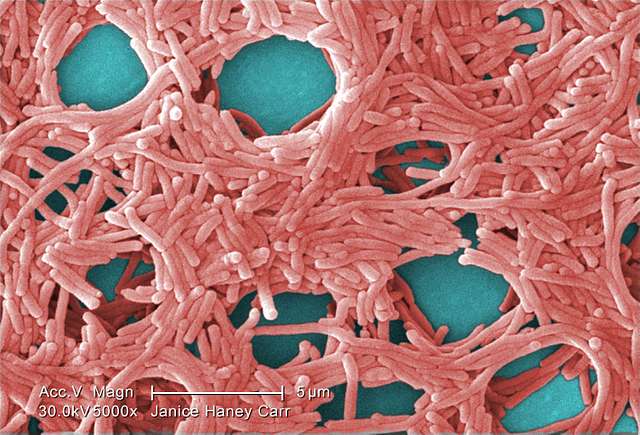The NHS faced one of its “toughest winters ever” as almost 600,000 hospital beds were occupied by patients with seasonal viruses – more than the entire population of Malta. This “quad-demic” of COVID-19, flu, RSV, and norovirus created unprecedented strain on an already stretched health service.
COVID-19 cases in hospitals recently jumped to 1,174 patients – up nearly 12% from the previous week and the highest since December. This surge comes despite warmer spring weather, prompting NHS England’s National Medical Director Professor Sir Stephen Powis to warn that “winter is not over yet for our staff.”
Hospital capacity remains severely constrained, with 94.1% of adult beds occupied and over 90,000 adult patients in hospitals each day. The crisis extends beyond virus patients, with 1.6 million NHS bed days lost this winter to patients who were medically fit to leave but couldn’t due to delays in arranging social or community care.
“Despite their heroic efforts, far too many patients waited too long for care,” said Professor Powis. While some winter initiatives like virtual wards and same-day emergency care services helped reduce ambulance handover delays by 13% compared to last year, he acknowledged “we need to accelerate our progress.”
Similar Posts:
Health Secretary Wes Streeting thanked NHS staff for “their professionalism, resolve, and dedication” while emphasizing that “annual winter pressures should not automatically lead to an annual winter crisis.” He promised to “learn the lessons of this winter” to improve urgent and emergency care through the government’s Plan for Change.
The NHS has now begun its spring COVID-19 vaccination campaign, urging 7.5 million high-risk people to get their jabs, including older adults, care home residents, and those who are immunosuppressed.
Professor Powis reminded the public to use 999 and A&E only for life-threatening emergencies and to contact NHS 111 for advice and support with other conditions.
Frequently Asked Questions
The NHS bed crisis is being caused by a “quad-demic” of four seasonal viruses – COVID-19, flu, RSV (respiratory syncytial virus), and norovirus. Almost 600,000 hospital beds were occupied by patients with these viruses this winter. Additionally, 1.6 million NHS bed days were lost to patients who were medically fit to leave but remained in hospital due to delays in arranging social or community care.
According to NHS officials, this has been “one of the toughest winters ever” for staff. The combination of four major respiratory viruses created unprecedented strain. However, there have been some improvements – time lost to ambulance handover delays was down 13% compared to the same period last year. Hospital capacity remains critically constrained with 94.1% of adult beds occupied.
Despite the arrival of spring and warmer weather, COVID-19 cases in hospitals recently jumped to 1,174 patients – up nearly 12% from the previous week and the highest since December. This demonstrates that seasonal viruses don’t always follow predictable patterns, with Professor Sir Stephen Powis, NHS England’s National Medical Director, warning that “winter is not over yet for our staff.”
The NHS has implemented several initiatives to address the bed shortage, including virtual wards and same-day emergency care services. Additionally, the NHS has begun its spring COVID-19 vaccination campaign, targeting 7.5 million high-risk individuals including older adults, care home residents, and those who are immunosuppressed. The government has also pledged to “learn the lessons of this winter” through its Plan for Change to improve urgent and emergency care.
“Bed blocking” refers to the situation where patients who are medically fit to leave hospital cannot be discharged, often due to lack of appropriate social care arrangements. This winter, 1.6 million NHS bed days were lost to patients who were medically fit to leave but couldn’t due to delays in arranging social or community care. This problem significantly reduces the NHS’s capacity to admit new patients who need hospital treatment.
NHS England’s National Medical Director, Professor Sir Stephen Powis, advises the public to use 999 and A&E only for life-threatening emergencies. For advice and support with other conditions, people should contact NHS 111 (by phone or online). This helps ensure emergency resources are available for those who truly need them while reducing unnecessary pressure on the system.


















